Rounding 3rd Grade Math Worksheets
Rounding numbers can be a challenging concept for 3rd-grade students to grasp. That's why we have created a collection of worksheets specifically designed to help them master this important skill. These worksheets provide clear instructions and engaging exercises to ensure that students understand the concept of rounding and can apply it confidently in their math lessons.
Table of Images 👆
- Rounding Number Line Worksheets 3rd Grade
- Rounding Decimals Worksheet 4th Grade
- Geometry Angles Worksheet 4th Grade
- Math Coloring Squares Worksheets
- 4th Grade Math Word Problems Worksheets
- Estimation and Rounding Worksheets
- Color by Number Math Worksheets
- Number Bonds Worksheets
- Free Fun Math Worksheets for Kids
- Math Addition Worksheets 2nd Grade
More 3rd Grade Worksheets
Telling Time Worksheets 3rd GradeTime Worksheets for 3rd Grade
3rd Grade Reading Comprehension Worksheets
Multiplication Worksheets for 3rd Grade
3rd Grade Math Division Worksheets Printable
Short Reading Comprehension Worksheets 3rd Grade
Soil Worksheets for 3rd Grade
Cursive Writing Worksheets for 3rd Grade
3rd Grade Multiplication Properties Worksheet
First Day of School Worksheets 3rd Grade
What is rounding?
Rounding is a mathematical process of approximating a number to a certain degree of accuracy. It involves adjusting a number to a nearby value that is easier to work with or understand, typically by marking it to the nearest whole number, decimal place, or significant figure, depending on the specified precision required for a calculation or representation.
When do we use rounding in math?
Rounding in math is typically used to simplify numbers and make calculations easier. It is commonly used when working with large or decimal numbers to make them more manageable for mental calculations or to communicate approximations. Rounding can also be used to increase the precision of numbers based on the context of the problem being solved.
How do we round numbers to the nearest ten?
To round numbers to the nearest ten, you look at the digit in the units place. If the digit is 5 or greater, you round up. If the digit is less than 5, you round down. For example, if you have the number 46, the digit in the units place is 6, so you round up to 50. If you have the number 32, the digit in the units place is 2, so you round down to 30.
How do we round numbers to the nearest hundred?
To round numbers to the nearest hundred, you look at the digit in the tens place. If it is 5 or greater, you round up by increasing the hundreds digit by 1 and replacing the tens and units digits with zeros. If the tens digit is less than 5, you keep the hundreds digit the same and replace the tens and units digits with zeros.
How do we round numbers to the nearest thousand?
To round numbers to the nearest thousand, look at the hundreds place digit. If it is 5 or greater, round up by one thousand. If it is less than 5, round down to the nearest thousand. Replace all digits after the thousands place with zeros to obtain the rounded number.
Can you give an example of rounding a decimal number?
Of course! Suppose we have the decimal number 4.568. If we want to round it to the nearest whole number, we would consider the digit in the tenths place, which is 5. Since 5 is greater than or equal to 5, we would round the number up to 5. Therefore, rounding 4.568 to the nearest whole number would result in 5.
How do we round a number that ends in 5?
When rounding a number that ends in 5, we typically round it to the nearest even number. This method is called "rounding to even" or "bankers' rounding." For example, if the number is 3.5, it would be rounded down to 3 as it is the nearest even number. If the number is 4.5, it would be rounded up to 4, again because 4 is the nearest even number. This method helps reduce bias that could occur if always rounding up or down.
What is the purpose of rounding in real-life situations?
Rounding is commonly used in real-life situations to simplify and approximate numerical values, making them easier to work with and understand. It helps in quick estimations, simpler calculations, and clearer communication of values. Rounding can also reduce the impact of small measurement errors and make data more manageable for practical purposes like budgeting, measuring quantities, or providing quick summaries in various fields such as finance, statistics, and everyday calculations.
Can you explain the concept of "rounding up" and "rounding down"?
Rounding up involves increasing a number to the nearest higher value, such as rounding 3.2 to 4. On the other hand, rounding down involves decreasing a number to the nearest lower value, like rounding 5.8 to 5. These concepts are used to simplify numbers to a more manageable or precise form, depending on the context or requirements of a calculation.
How can we use estimation to check if our rounded answer is reasonable?
Estimation can be used to check if our rounded answer is reasonable by quickly estimating the value in question using rounded numbers. By rounding the numbers to their nearest place value, we can get a rough estimate of the answer and compare it to our actual rounded answer. If the estimated value falls within a reasonable range of the rounded answer, then it is likely that the rounded answer is correct. Estimation offers a quick and effective way to spot-check the accuracy of our calculations and ensure that our rounded answer makes sense in the context of the problem.
Have something to share?
Who is Worksheeto?
At Worksheeto, we are committed to delivering an extensive and varied portfolio of superior quality worksheets, designed to address the educational demands of students, educators, and parents.





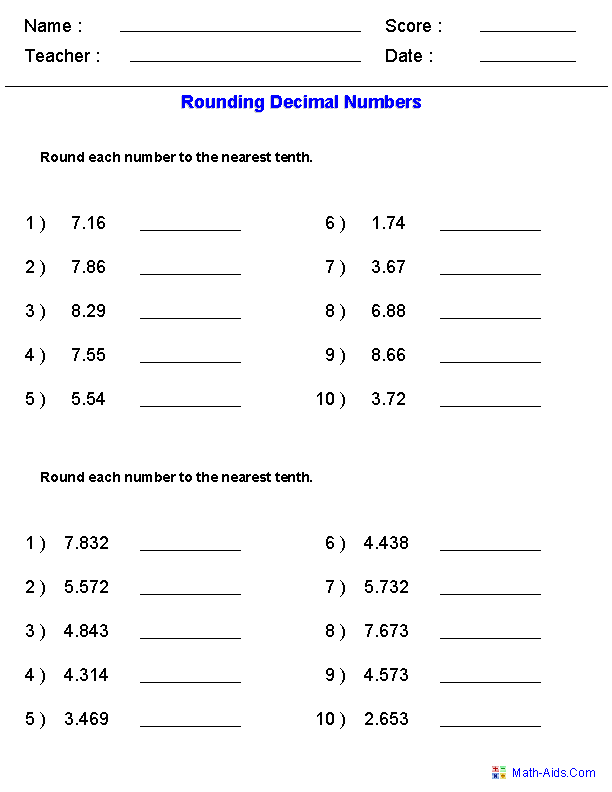
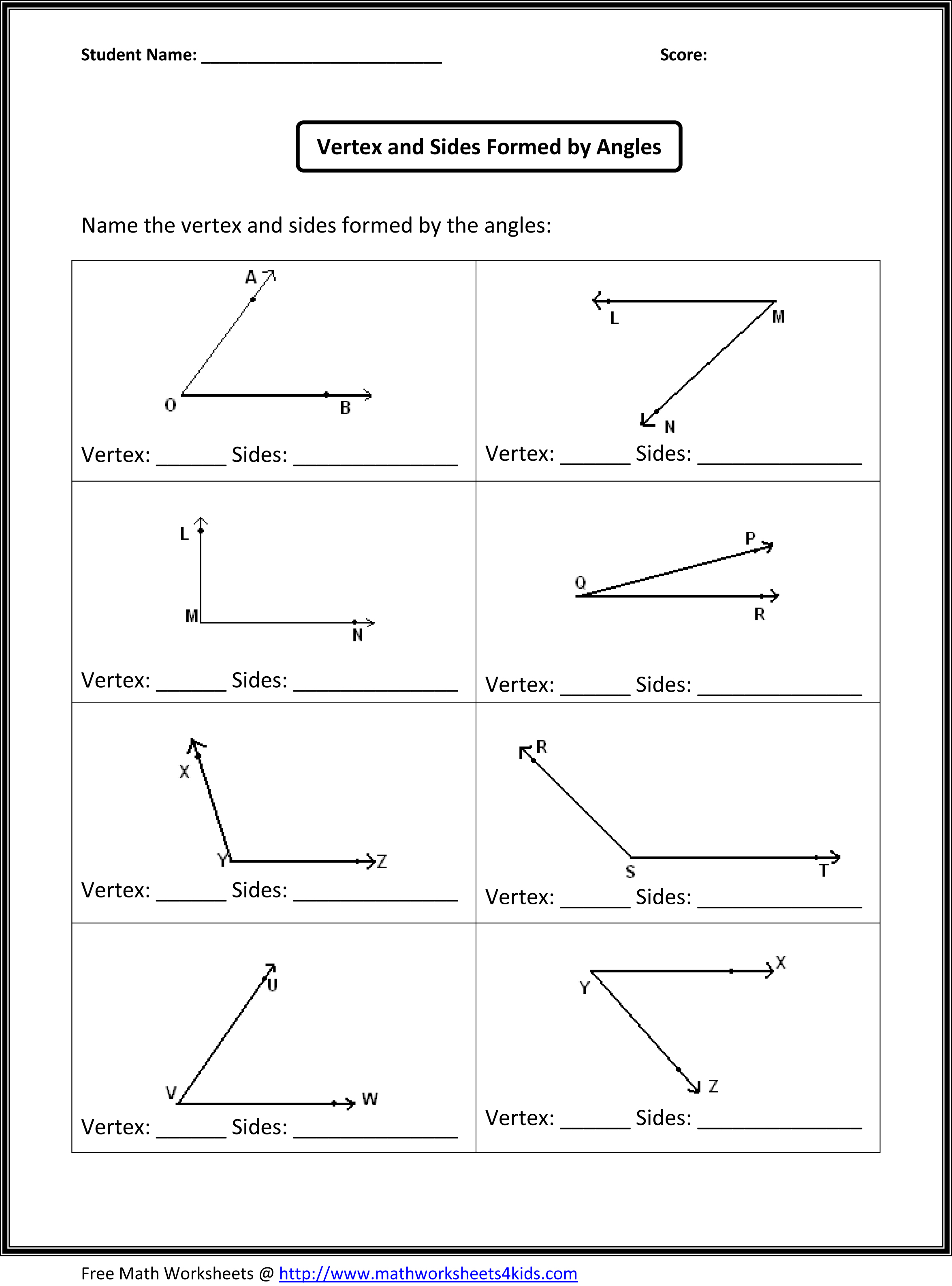
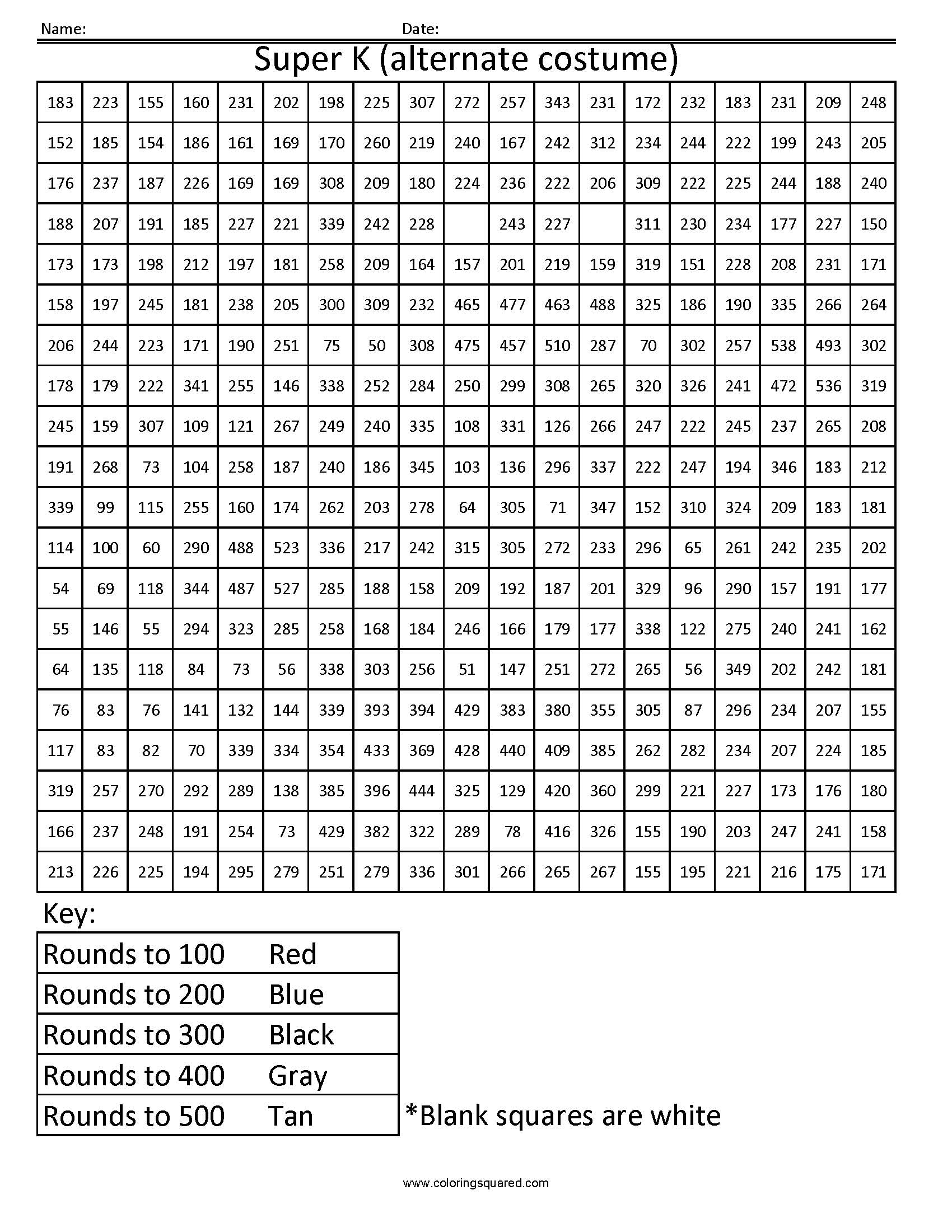
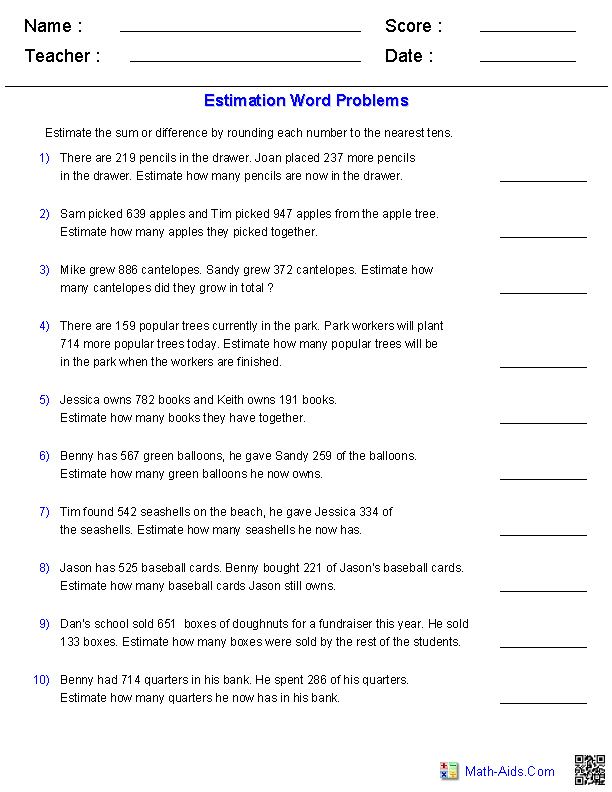
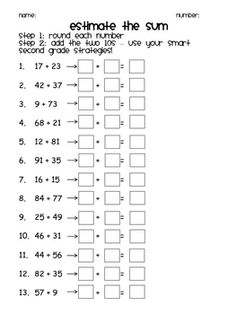
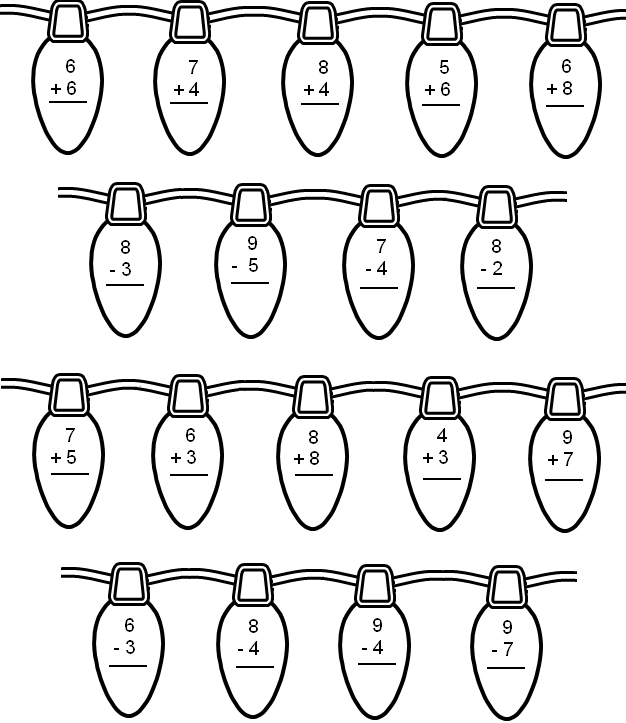
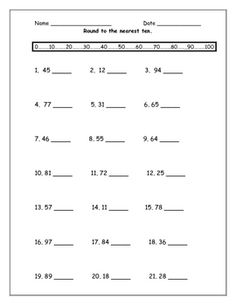
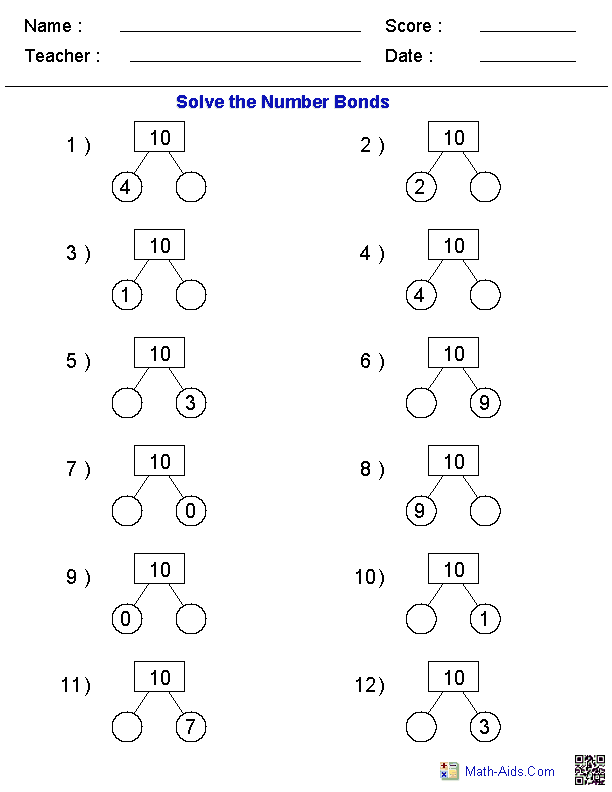
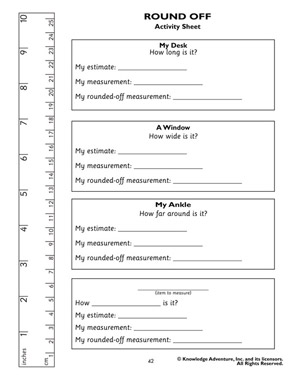
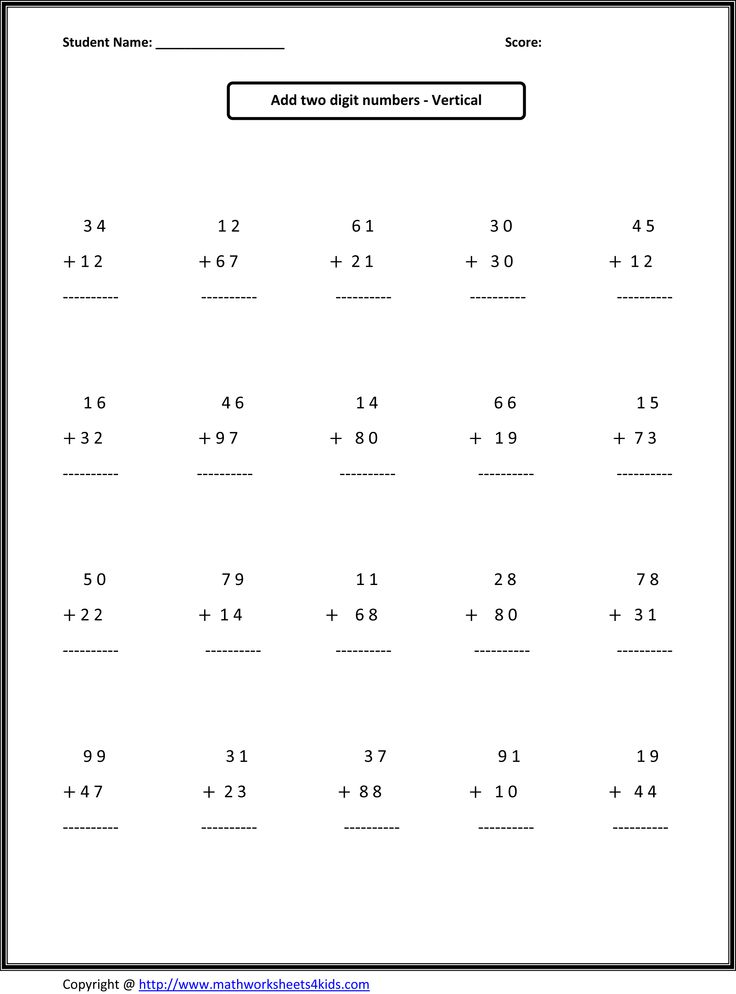
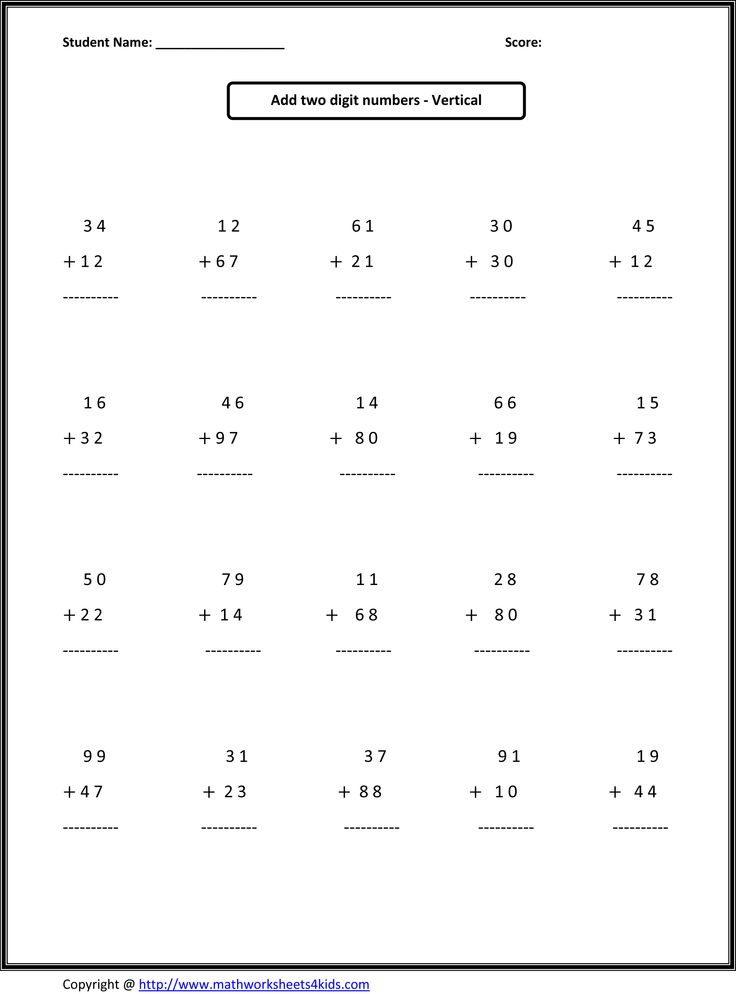
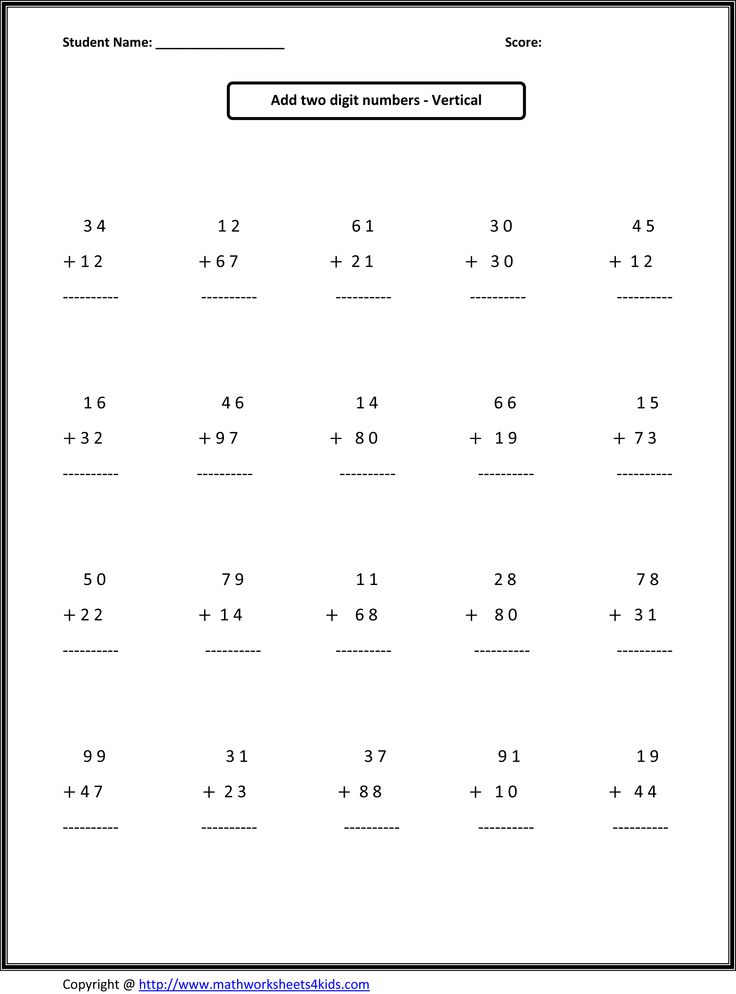
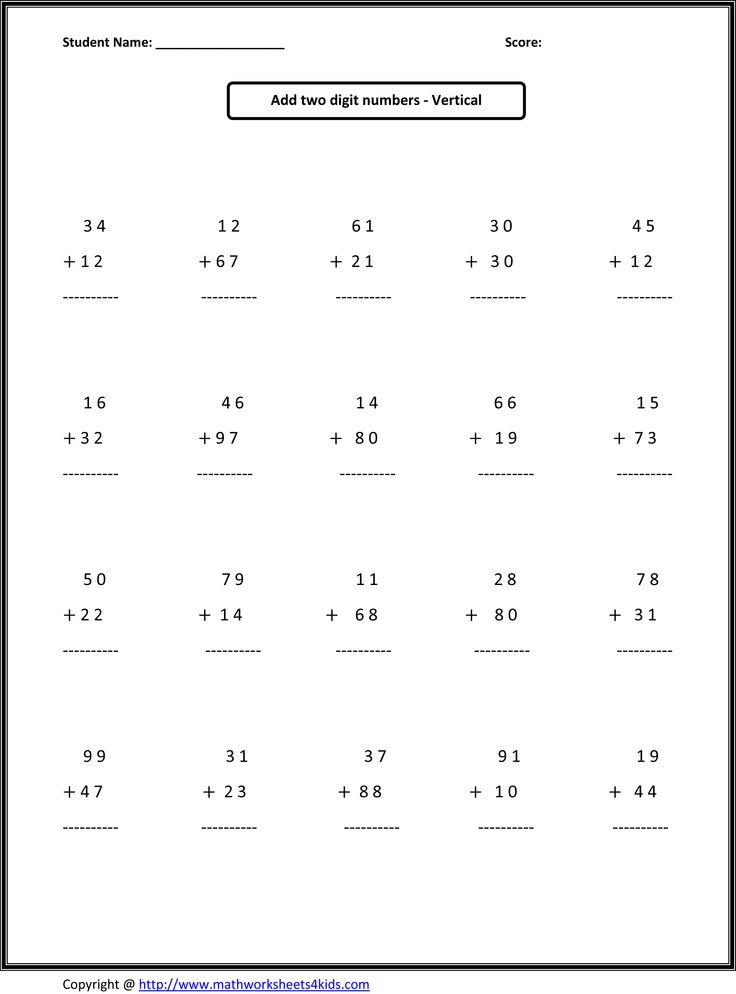














Comments